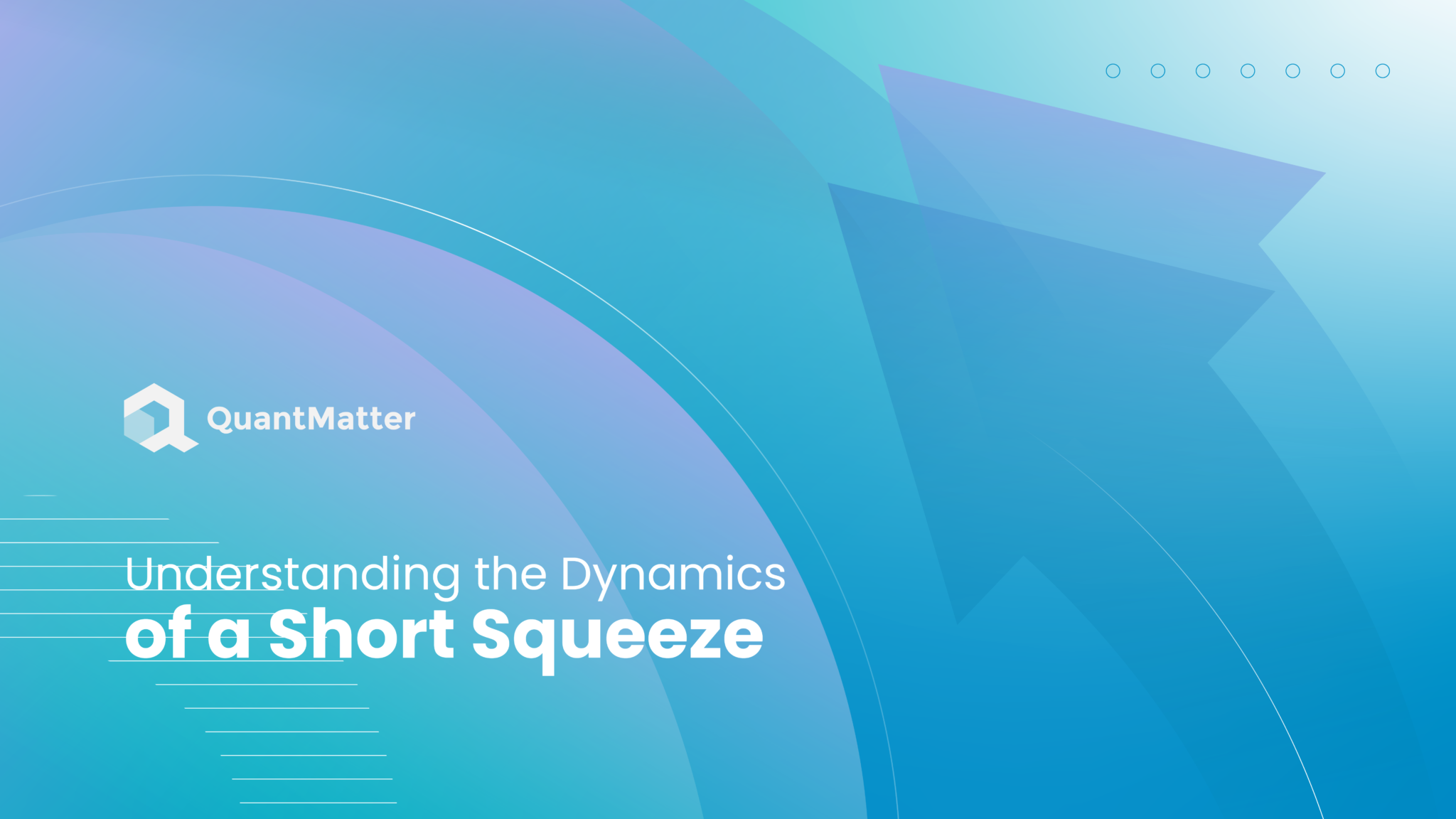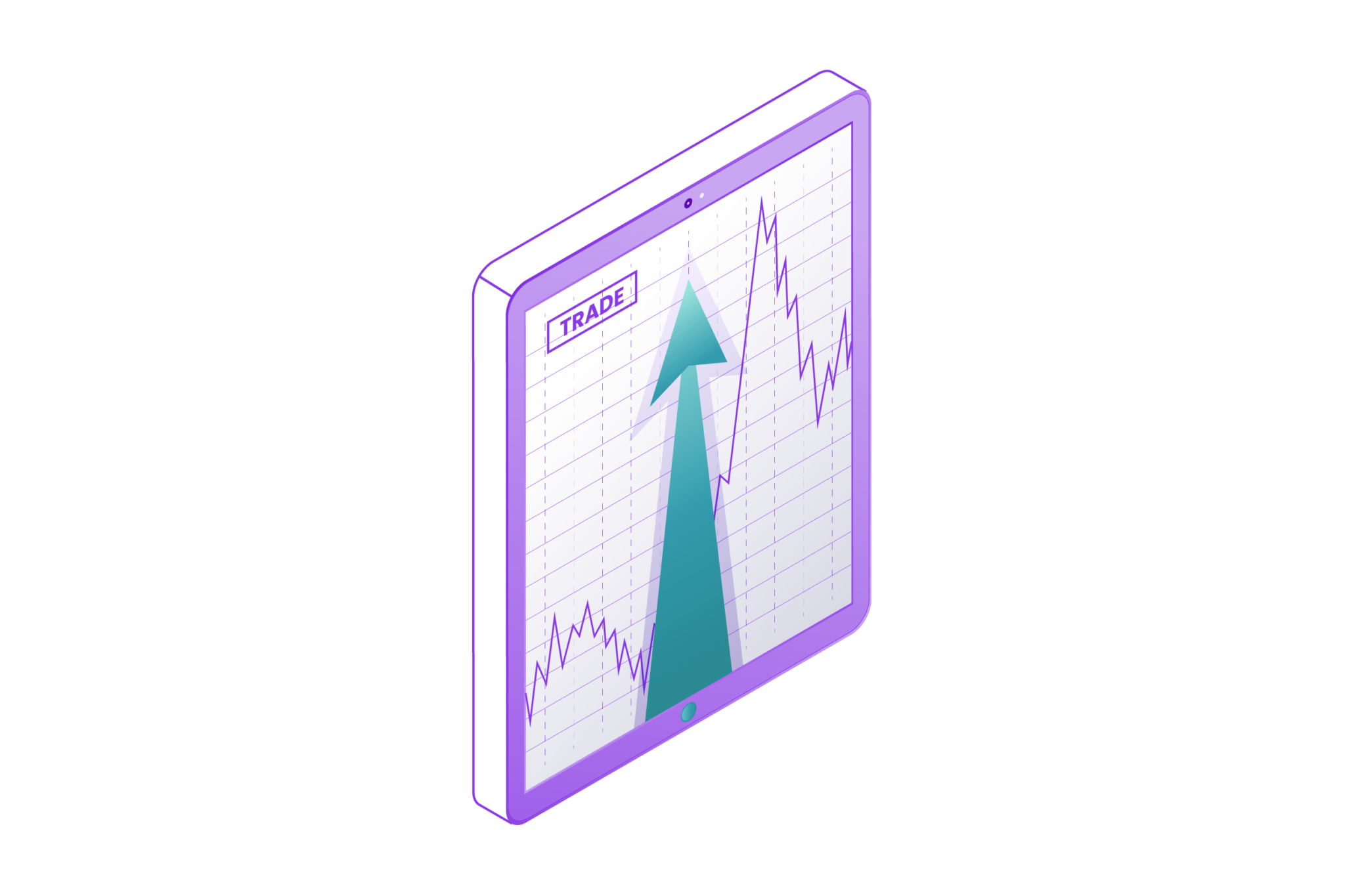
A relatively short squeeze is an event capable of causing seismic waves throughout trading environment. A short squeeze is often a complex issue that makes it unique in the context of financial markets. A short squeeze occurs when a thin line separates short-sellers and market sentiment which results into abrupt moves in prices. The occurrence of this phenomenon is an indication of the intricacy characteristic of financial markets where the action of market players may have rippling or domino effect on the prices, liquidity of other players in the market and their financial status.
Brief squeezes might seem fascinating but can be hazardous thus; people should enter into such ventures with complete knowledge of all factors involved. During a short squeeze, this leaves short sellers, that is, entities which are wagering for dropping prices of a particular stock, very vulnerable. They make moves to close out their short positions as fast as possible without taking major losses, adding more fuel to this fire which pushes the stocks’ prices upwards. Such a quick and often unforeseen order of events shows that short squeezes are very volatile and uncertain, so those involved have to be flexible in their tactics. The dynamic investor behavior underpins this phenomenon that is often accompanied with dramatic increases in prices, often surprising many investors. Now it is time to analyze what takes place in a short squeeze and find out what are its main features.
What is a Short Squeeze?

Short squeeze is a market event caused by a fast increase of share price as shortsellers’s have to quickly cover their position against big losses. This dynamics starts with a high shorts level—the point at which investors have already been in large-scale short selling, an activity of borrowing and subsequent sales whose prices are anticipated to fall. Nevertheless, when the price starts increasing and is moving against the expectation of the short sellers, they become vulnerable.
A short squeeze’s cascade effect contains some important parts. Initially, with increasing stocks prices, there will be margin calls for the short sellers and these people need more money so as to counter possible loses. This is where short sellers face a great financial strain forcing them to “buyback” their shares and increase demand. Such high buying activity activates a cycle of influence that pumps more pressure onto the already tightening grip. These sudden fast and erratic price changes also create a high level of market volatility that draws interest among retail as well as institutional investors, intensifying the frenzied trade.
Although short squeezes might provide numerous profitable opportunities for longs, they are naturally unpredictable and prices can turn around suddenly as soon as the squeeze is complete. Historical examples of short squeezes that attracted attention involve stocks such as GameStop and AMC Entertainment in which avoidance traders using online forums to organize simultaneous buying drove up prices to their advantage in surprise for institutional investors.
Expediting of short positions is one of the major elements when it comes to market regulation on its regulatory environment. Regulatory bodies display a close vigil over the activities related to market manipulation and may even intervene in the functioning of the market if they find that to be appropriate to maintain fair and orderly market. Risk management practices and surveillance mechanisms have been developed for detection of unfolding arms race, which indicates possible squeezes.
The broader impact of short squeeze on financial markets is an area for consideration. While effects are often confined to specific funds, systemic implications may arise, especially if the squeezed funds are linked to broader market structures Important as investors navigating the ever-changing landscape of the fund market to understand the small, complex pressures.
The Domino Effect of Short Squeeze

The domino effect of a short squeeze manifests itself when the price of a heavily shorted security suddenly and dramatically increases, triggering a series of triggering effects across financial markets. This process goes beyond its immediate impact on the target stock, affecting related security and market dynamics aspects. As stocks that have been squeezed short appreciate more rapidly, investors tend to reassess their positions in stocks that are connected to industry relationships, market sectors, or other relationships This reassessment helps drive volatility higher in related stocks as market participants adjust their portfolios to account for the trend.
The impact of the short squeeze extends beyond a particular fund that permeates market sentiment. The superior characteristics of a small discrete volatility can trigger changes in trader and investor behavior in asset classes. Some may be more risk averse, while others take a more speculative stance, affecting trading strategy and contributing to changes in overall market sentiment This shift in sentiment may manifest as an increased risk appetite or decreased, not banks participating a short squeeze It also affects broader market segments.
Also Read: Market Making: Strategies and Techniques
Furthermore, increased trading activity during short squeeze periods can create operational challenges for brokerage firms and highlight the market structure. Increased demand for trading services may cause delays or other issues, affecting the smooth functioning of the financial markets. In extreme cases, this rapid pace can create systemic risks, causing regulators to pay close attention to and address potential weaknesses in the market system.
Regulatory inspections are a common by-product of a big push light. Authorities investigate possible market manipulation, use of leverage, and other actions that may affect market integrity. Regulatory responsiveness plays an important role in shaping market behavior and maintaining investor confidence.
The domino effect spreads investor behavior and risk appetite from just after a short squeeze to beyond. Lessons learned from such cases can influence business planning and market development in subsequent periods. Market participants, including institutional investors, need to remain vigilant and adapt their strategies to navigate the changing landscape in such cases.
5 Short Squeeze Examples

Short squeeze is a type of event in the financial market where stock price rapidly rises. The spike is more often occasioned by a surprise jump in demand for the protection especially from shorters against stocks. Let us consider some of the examples of using this phrase.
1. Volkswagen Short Squeeze (2008)
Hedge funds had accumulated high levels of short positions in Volkswagen shares that were likely to plummet. Nevertheless, Volkswagen was blindsided when Porsche made a revelation of their sizeable shareholding with Volkswagen AG.
The increased demand for Volkswagen’s shares followed a disclosure that led to most of the short sellers covering up their positions at a loss rate. A classic short squeeze happened as a result of the increased demand for the commodity, which forced the desperate short sellers to purchase more stocks and accelerated the uptrend. Short squeeze in Volkswagen is a good case of unexpected circumstances together with actions taken by large shareholders that destabilize investors’ expectations, which results in severe outcomes for short investors.
2. Tesla Short Squeeze (2020-2021)
It was one of the biggest market events that lasted for years, such as the Tesla short squeeze that took place between 2020 and 2021. Tesla’s CEO, Elon Musk, was very prominent through use of social media such as Twitter. Investors were excited to follow Elon Musk’s tweets about Tesla’s innovative creations coupled with an upwards trend in the company’s profitability.
Short sellers felt the pressure as Tesla’s share price skyrocketed and led to a prolonged short squeeze due to the persistence of demand. In this example it shows how strong Charismatic leadership, social networking, and corporate performance can influence market trend and challenge the accepted view that emotion has impact on the stock price. Conversations on market dynamics, regulatory authorities, and the relationship between old finance and new media influence followed the Tesla short squeeze.
3. AMC Entertainment Short Squeeze (2021)
Interestingly, this AMC Entertainment short squeeze occurred within the context of the unprecedented disruption to theatre’s operations caused by the COVID-19 pandemic. Retail investors organized via an internet platform called Wallstreetbet turned their attention toward AMC as a potential turnaround candidate.
This came to be brought together by the short sellers who realized that it would increase their selling power leading to a high sale of AMC shares among other things. Short-squeeze challenged conventional market expectations to the extent that retail investors mobilized themselves in a buying frenzy around the stock. The episode led many to question, for example, the strength of old market dynamics and whether small retail investors could impact such dynamics, or even the value of a public company’s stock.
4. BlackBerry Short Squeeze (2021)
Retail investors organized a short squeeze for Blackberry in 2021. Some discussion panels, mainly in online communities including Reddit, supported Blackberry stock hoping that it would make a comeback. Due to huge increase in the number of shares being purchased by small investors.
Short sellers had to hasten their efforts to redeem themselves. It is through the development of the current retail investor participation that social media sites have magnified the effects of collaborative efforts as seen in the case of the BlackBerry short squeeze. Secondly, it illustrates the difficulties experienced by short sellers when presented with a sharp rise of demand, which necessitates flexibility in dealing with changeable circumstances in the market.
5. Beyond Meat Short Squeeze (2019)
The same scenario was illustrated by beyond Meat, a firm that offers animal-free products such as beef or meat. The company’s products were revolutionary in the sense that they had attracted many consumers due to awareness created by investors who wanted to take advantage of the emerging plant-based diet. On the other hand, some hedge funds went on a bearish position against Beyond Meat’s stock as they had no doubts about the unsustainability of their valuation.
This was followed by a twist when Beyond Meat posted favorable earnings figures and announced collaborations with important food retailer and restaurants. This led to increased demand of Beyond Meat’s share as the good news acted like a wildfire that caught a number of short-sellers unaware. With stock prices rising at high speed, short sellers were under enormous pressure to recover their positions so as to avoid heavy loss. This helped establish a self-propagating circle to sell back the stocks thus increasing their value.
During the Beyond Meat short squeeze, it was evident that a firm’s fundamental achievements influence short positions. This is where positive news and change in market psychology comes in handy. Short sellers have to scamper around to liquidate the stock fast before it gets repriced and they are exposed. It highlights how volatile market can be where large shares of shorts meet major positive catalistic events.
Managing the Risks of Short Squeeze
Successful manoeuvre in the short squeeze requires far more than an appreciation of markets dynamics. It involves profound research work coupled with appropriate risk control measures. This strategy revolves around keeping abreast by constantly monitoring the current levels of the short interests for specific stocks. Short interest, representing the total number of borrowed shares (not-yet-covered) is vital in assessing exposure to a short squeeze (squeezepotential). Traders looking forward to spotting opportunity or threats associated on shorting are compelled to keenly follow and interpret any short interest level change since such a high level could trigger a squeeze if it happens; shortsellers try covering their stakes on the way out.
The sentiments expressed towards the market during the run, likewise, play no less important role in the management of a short squeeze. Many times, investor sentiment is reflected on online discussion boards, blogs and news items with the potential of affecting the stocks prices. In today’s market events, however, we are seeing an important takeaway – to understand and gauge shifts in sentiment within the collective power of retail investors. A rush in a bullish sentiment or concerted move of retail investors may drive demand for a stock increasing the pressure for a short squeeze.
Also Read: Automatic Market Makers : Things You Should Know
Besides tracking short interest and prevailing mood it is essential to be ready at any time for unexpected sharp price fluctuations. Given that such a short squeeze could increase market volatility, it’s imperative for traders and investors to develop distinct risk management plans. Such measures include defining entry and exit boundaries as well as use of stop-loss orders and portfolio diversification. Adaptability and agility should help traders quickly realize changes in the market environment and provide them with a chance either to profit from the occurrence of short squeeze or to save money against its appearance.
To succeed in a short squeeze requires a multi-pronged approach that entails tracking the share short interest, understanding market sentiment closely, and undertaking aggressive risk mitigation measures. By incorporating these components in their considerations, traders and investors can place themselves in stronger positions while adapting to changing circumstances in the market.
Conclusion
Awareness is the basic pillar when dealing with short squeezes in any investment strategy. Short-sellers have to constantly watch out for the stock’s level of short-interest, changes of market sentiments and possible triggers of a squeeze. Constant vigilance of these aspects is vital when taking measures as the environment changes.
In addition, an effective risk management strategy that has no ambiguity should be in place where short squeeze is considered. A proactive risk management requires setting up prior entrances and exits, stop-loss orders, as well diversifying portfolios. The strategy also prevents losses and gives stakeholders opportunity to gain more in a volatile short squeeze environment.
In short, the interest behind the short-squeeze has some underlying risky issues but also brings along new market opportunities. Shortsellers and investors have to take into consideration awareness, diligence as well as a good risk management plan when dealing with such phenomena. This allows for easy mitigation of risks and making profits from this part of the financial market.
Disclaimer: The information provided by Quant Matter in this article is intended for general informational purposes and does not reflect the company’s opinion. It is not intended as investment advice or a recommendation. Readers are strongly advised to conduct their own thorough research and consult with a qualified financial advisor before making any financial decisions.

I craft stories that make complex ideas clear. I simplify the blend of data science, machine learning, and crypto trading, showcasing how advanced tech and quantitative models analyze data for informed trading choices. Join me in exploring the realm of quantitative trading, where my narratives make intricate concepts easy to grasp.
- Alifia Berizkyhttps://quantmatter.com/author/alifia-berizky/
- Alifia Berizkyhttps://quantmatter.com/author/alifia-berizky/
- Alifia Berizkyhttps://quantmatter.com/author/alifia-berizky/
- Alifia Berizkyhttps://quantmatter.com/author/alifia-berizky/
